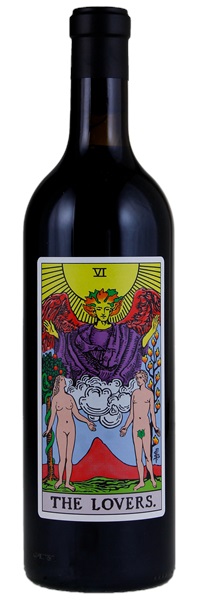
...rocking, Pauillac-like bouquet of blackcurrants, unsmoked tobacco, lead pencil, and earth. Medium to full-bodied and concentrated on the palate, it has a terrific core of sweet red, black, and blue fruits, ripe tannins, no hard edges, and a great finish.
On the nose, it takes on layers of ripe dark cherry with tobacco leaf, dark currants and loamy and salty soils that all meld in the glass. The palate is dense with a chewy texture. Layers of huckleberry with black truffle oil, wet stone and cassis all combine on the palate. This shows beautiful length and texture.
Blackberry, blackcurrant, whole peppercorn, tobacco leaf, cocoa and stone on the nose. It’s full-bodied with firm, finely knit and well-integrated tannins. Plush and polished with a rounded, supple feel. Textured and refined.
...elegant and seductive notes of fresh, ripe blackberries, dusty plum, dark cherry and a delightful array of oak essences. Medium to full-bodied, the wine is open-knit with a juicy frame of fruit... Flavors of bitter dark chocolate, crème de cassis, dusty currant and baked earth express in the mouth with a food-friendly essence. The wine somersaults to an impressive finish with lingering notions of cinnamon, vanilla and dusty blackberries with a soft smoky essence.
Brooding and deeply layered, with blackberry and blueberry flavors laced with vibrant savory meat, black olive and crushed stone accents that build toward broad-shouldered tannins.
...fleshy, full-bodied...aromas and flavors of peat, cassis, cocoa powder and plum...there's a light grip of tannin providing the scaffolding for the generous amounts of fruit. A hyperextended finish caps it off.